Blog Posts Tagged AC/DC Module
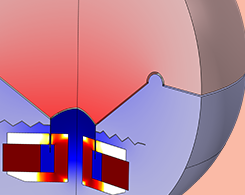
How to Perform a Nonlinear Distortion Analysis of a Loudspeaker Driver
For a thorough and complete analysis of a loudspeaker driver design, acoustics engineers need to perform nonlinear time-domain studies in addition to frequency-domain studies.

How to Model Conductors in Time-Varying Magnetic Fields
You can use the AC/DC Module to perform frequency-domain simulations for conductors in time-varying magnetic fields by describing the skin effect.
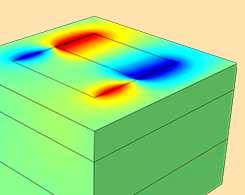
Analyzing Magnetotellurics with Electromagnetics Simulation
Magnetotellurics (MT) is a geophysical method for mapping the magma flow of volcanos. Using electromagnetics simulation, engineers are able to study and improve this technique.

Common Pitfalls in Electrothermal Analysis
In the real world, electromagnetic heating often involves a nonlinear temperature. Learn some common pitfalls that occur during this type of electrothermal analysis and how to overcome them.
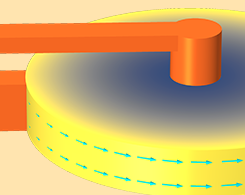
Redesigning Faraday’s Wheel: Creating Efficient Homopolar Generators
Acyclic generator, unipolar generator, disc dynamo, Faraday wheel, homopolar generator: Whatever you call it, this device has an interesting history and a variety of applications.
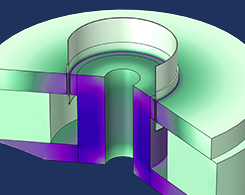
Topology Optimization of a Magnetic Circuit for Loudspeakers
By optimizing the topology of loudspeaker components, such as magnetic circuits, we can develop speaker designs that are portable, lightweight, and high quality.
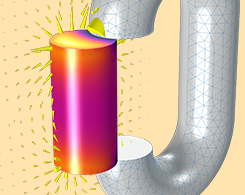
Modeling Ferromagnetic Materials in COMSOL Multiphysics®
Get a comprehensive guide to modeling ferromagnetic materials in COMSOL Multiphysics®, including an introduction to the theory and a series of useful animations.
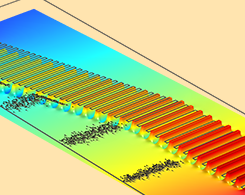
Analyzing an Electrodynamic Ion Funnel with COMSOL Multiphysics®
Quadrupole mass filters and ion mobility spectrometers are used to detect explosives, study complex biological molecules, and more. Ion funnels are an important component of these devices.
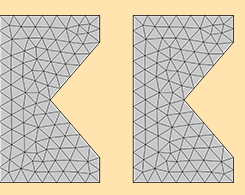
Should I Fillet the Geometry in My Electromagnetic Heating Analysis?
You want to analyze electromagnetic heating around sharp corners in your simulation. Do you round off the corners by adding a fillet? We go over cases where you should and shouldn’t do so.
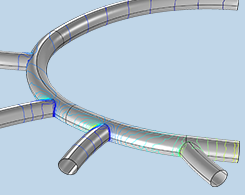
Analyzing Magnetic Flowmeters for Blood Flow Measurement
Biomedical researchers used multiphysics modeling in order to understand how blood vessel movement influences the sensitivity of their flow meter designs. Get the full story here.
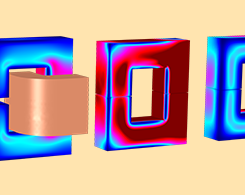
Analyze the Electrodynamics of a Magnetic Power Switch via Simulation
The AC/DC Module can be used to simulate electrodynamic devices, such as magnetic power switch circuit breakers. Follow along with this discussion to study the working principles of the device.
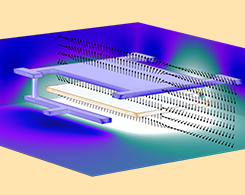
How to Create Electrostatics Models with Wires, Surfaces, and Solids
Here’s a guide to building models that combine wires, surfaces, and solids using the electrostatics features based on the boundary element method that are available with the AC/DC Module.
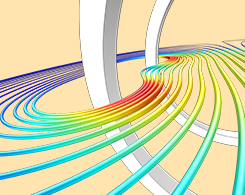
Simulating Helmholtz Coils in COMSOL Multiphysics®
Electromagnetics simulation simplifies the process of constructing a Helmholtz coil and calculating its magnetic field to ensure the fields are uniform, which is important for a variety of uses.
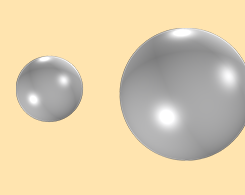
How to Calculate a Capacitance Matrix in COMSOL Multiphysics®
Calculating the capacitance between two conductors is simple, but adding more conductors to the mix (as is the case with touchscreens, transmission lines, and capacitive sensors) adds complexity.
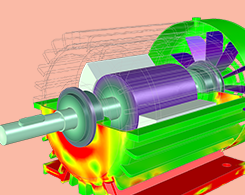
Analyzing the Structural Integrity of an Induction Motor with Simulation
The AC induction motor was invented by either Nikola Tesla or Galileo Ferraris, depending on who you ask. Either way, you can evaluate the structural integrity of this device with simulation.
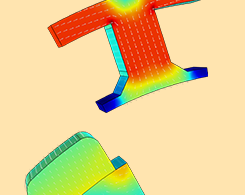
Capturing Eddy Current Losses in a Permanent Magnet Motor Design
Permanent magnet (PM) motors are becoming more prevalent in transportation due to their energy efficiency. You can study Eddy current losses in a PM motor design with the AC/DC Module.
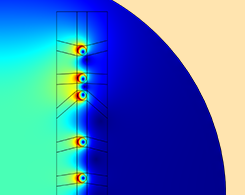
How to Optimize the Spacing of Electromagnetic Coils
Did you know that you can maximize the magnetic field strength of your electromagnetic coil designs by optimizing the spacing between the coils?

3 Ways to Optimize the Current in Electromagnetic Coils
We give you 3 ways to optimize the current in electromagnetic coil designs using the AC/DC Module and Optimization Module, add-on products to COMSOL Multiphysics®.
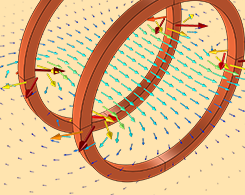
How to Postprocess Fields over Arbitrary Geometries
Check out this useful modeling trick: You can query the results of your model within an arbitrary geometric subregion by implementing an integration during postprocessing.
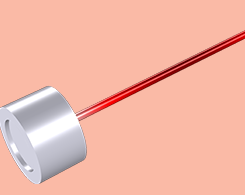
Analyzing Hearing Aid Receivers with Lumped-Parameter Modeling
Modeling complete hearing aid systems is extremely computationally expensive. Enter lumped-parameter modeling, which enables you to couple a system component to a test setup for validation.
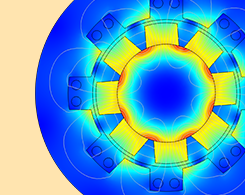
Simulating the Electrothermal Transients in Superconducting Magnets
In order to design superconducting magnets for a particle accelerator, such as the Large Hadron Collider at CERN, researchers need to simulate and optimize their electrothermal transients.
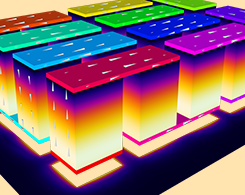
How to Analyze Thermoelectric Cooler Designs with a COMSOL App
A simulation application, such as one for a thermoelectric cooler design, can be used to test a variety of parameters in order to optimize a device for a specific use.
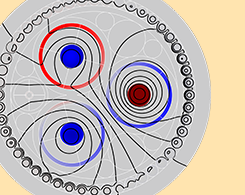
How to Model the Electromagnetic Heating of Underground Cables
Underground power cables are beneficial in many ways, but they are also subject to overheating. To design better cables, we can model their electromagnetic heating in COMSOL Multiphysics.

Efficiently Verify Electric Fields Outside Electrical Installations with Apps
Electrical installations are required to have their surrounding electric fields fall within certain levels. A simulation application can be used to verify measurements and adhere to standards.
